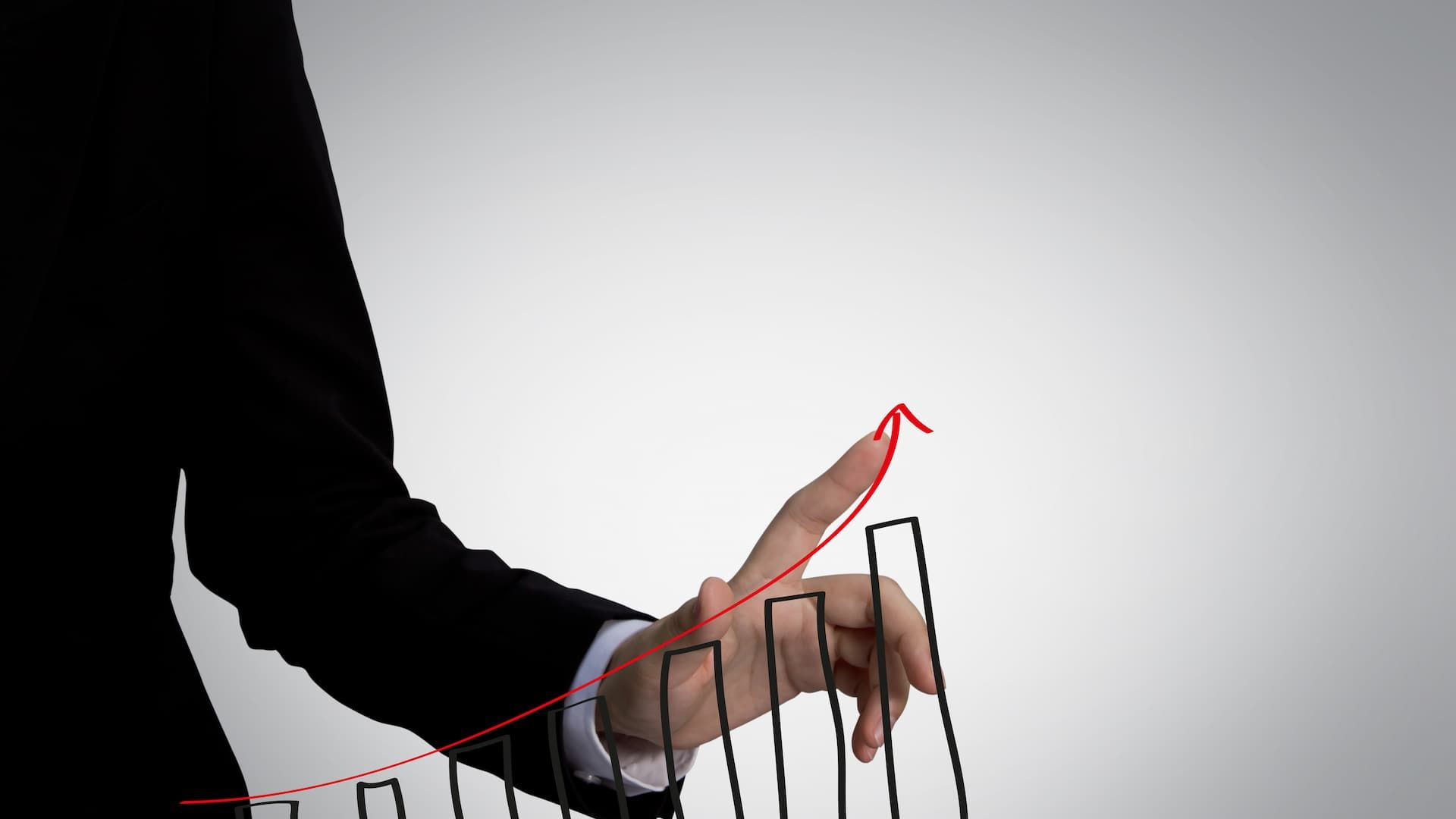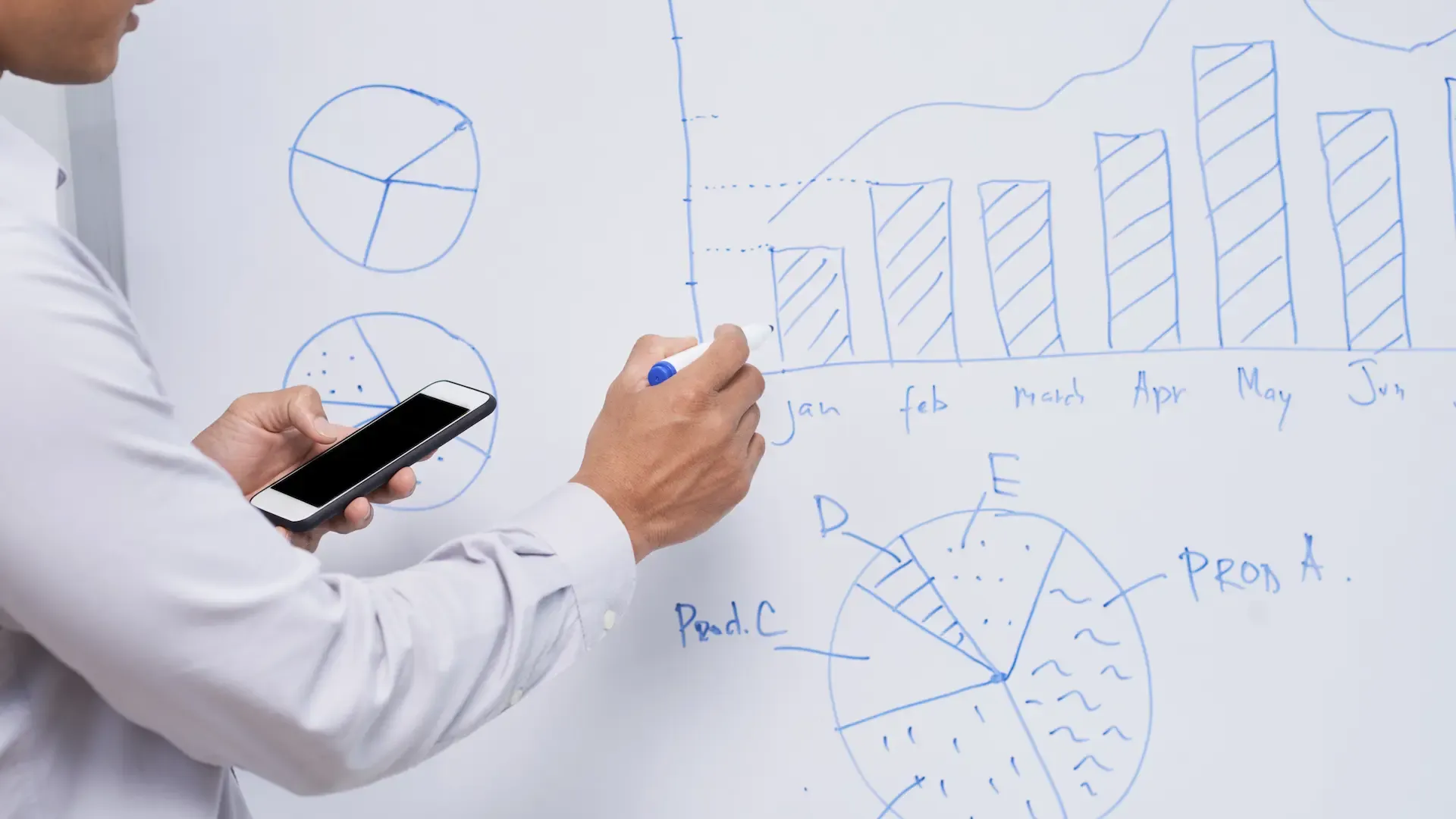Imagine being able to trade while you sleep, while you’re at work, or even while you’re on holiday. That is what expert advisors EAs make possible. These automated trading tools, built for platforms like MetaTrader, scan financial markets, study technical indicators, and execute trades automatically once the conditions you set are met.
For traders in the forex market and CFD trading space, automation removes hesitation and keeps strategies running with discipline. With a well defined trading plan and risk management rules in place, expert advisors can turn a trading account into a system that works consistently, without emotional decision making. Platforms such as 24Markets.com make this even smoother by offering a reliable trading platform, stable connections, and the ability to run automated strategies with ease.
What Are Expert Advisors (EAs)
Definition of a Trading Robot
An EA, often called a trading robot, is software programmed to follow a strategy step by step. It looks at price patterns, trading signals, and market conditions, then reacts instantly by placing orders. Think of it as hiring a very disciplined assistant who never gets tired, never second guesses, and never forgets a rule in your trading plan.
This automation is especially popular among forex traders because the market never sleeps. A forex EA can run on multiple currency pairs at once, allowing traders to spot opportunities in different time zones without sitting in front of charts all day.
How EAs Allow Traders to Automate Trading
Instead of waiting for a stock price to hit a certain level and then clicking buy or sell, an EA does it for you. Once the stop price or limit price is reached, the trading robot becomes a market order or a limit order instantly. It executes trades automatically and without hesitation.
Advisors EAs also allow traders to trade multiple instruments at once. A long position in one pair, a short position in another, and maybe even a few trades in CFDs can all be managed at the same time. This level of automation gives traders more freedom while still keeping risk management rules in place.
How Trading Platforms Support EAs
Key Trading Processes Enabled by EAs
A trading platform is the backbone of automation. On a MetaTrader platform supported by brokers like 24Markets.com, EAs can:
-
Scan live markets against historical data to identify trading opportunities.
-
Execute trades based on entry and exit points with no manual intervention.
-
Manage risk exposure by applying stop loss orders and take profit levels.
-
Adapt to different market conditions using multiple indicators.
Without a reliable platform, even the best profitable EA would struggle to perform. That is why traders often choose brokers that provide strong infrastructure and competitive execution.
Predefined Criteria for Trade Execution
The power of expert advisors lies in predefined criteria. You tell the system just what to look for: maybe a moving average crossover, a certain price level, or a breakout pattern. When those conditions are met, the EA acts immediately.
This price protection ensures you do not end up making emotional trading decisions during volatile markets. For example, if you set a sell stop limit order at a specified price, the EA will execute trades only when that condition is met, helping you stay consistent with your trading strategy.
Setting Up Your EA for Success
Choosing the Right Trading Platform
Not every broker is equally suited for running EAs. A good trading platform must support fast execution, secure servers, and compatibility with the MetaTrader platform. This is why many traders trust 24Markets.com, where they can run automated trading tools with confidence, knowing their trades are executed in stable conditions.
Using a Virtual Private Server for Continuous Monitoring
If you want your EA to run 24/7, you need more than a laptop at home. A Virtual Private Server (VPS) hosted in a secure data center makes sure your automated strategies never stop, even if your own internet connection goes down. Continuous monitoring through VPS hosting is one reason professional traders rely on automation for trading forex and CFDs around the clock.
Configuring Entry and Exit Points
An EA is only as good as the rules you give it. That means clear entry and exit points, realistic take profit levels, and strict stop loss discipline. Configuring these settings ensures that even in fast moving markets, your trades follow a consistent and disciplined process. Testing these in a demo account first is the best way to fine tune your trading plan before moving to live trading.
Types of Trading Strategies with EAs
Simple vs. Complex Strategies
Some traders prefer simple strategies, such as buying when a moving average crosses and selling when it reverses. Others build complex strategies that combine multiple indicators, risk management settings, and even machine learning models.
While complex strategies can be powerful, too many parameters often lead to poor performance in live trading. Most traders benefit from starting simple and gradually adding complexity once they have consistent results.
How EAs Execute Trades Based on Technical Indicators
Technical analysis is the heart of most automated strategies. EAs can use RSI, MACD, Bollinger Bands, and moving averages to make trading decisions. They analyze past market conditions, identify recurring price patterns, and execute trades based on technical indicators with precision.
This systematic process removes the risk of emotional responses, helping traders execute trades automatically in line with their trading plan.
Managing Multiple Strategies Simultaneously
One of the advantages of algorithmic trading is that EAs can handle multiple strategies at once. For example, one EA might focus on momentum trading while another monitors range trading conditions. Together, they diversify exposure across market conditions.
Of course, this also means you must manage risk carefully. Proper position sizing and clear risk management rules ensure that multiple trades do not expose you to excessive risk.
Trade Execution and Monitoring
How EAs Handle Trade Execution Automatically
The moment a stop price is reached or a specified point triggers an order, the EA reacts. It may become a market order for immediate execution or a limit order waiting at a specified limit price. Either way, execution happens faster than a human click.
This ability to act instantly is crucial when sudden price movements occur in volatile markets. A trading robot does not hesitate, it simply executes trades based on the programmed rules.
Continuous Monitoring to Optimize Performance
While EAs can execute trades automatically, human oversight still matters. Continuous monitoring helps identify when a strategy is underperforming or when market conditions change. By regularly reviewing performance metrics, traders can refine their strategies and avoid unnecessary trading losses.
On platforms like 24Markets.com, traders can access real time data and insights that make this monitoring process straightforward and effective.
Handling Technical Issues During Live Trading
Even the best automated trading tool can run into issues. Server downtime, coding errors, or poor connectivity can all impact performance. This is why using a VPS, setting maximum drawdown limits, and having backup plans is essential. By planning ahead, traders can manage risk and avoid significant losses when technical problems appear.
Risk Management and Optimization
Backtesting and Strategy Validation
Backtesting is one of the most useful tools for system traders. By running strategies on historical data, you can see how they might have performed in past market conditions. Using MetaTrader’s strategy tester, traders can test multiple indicators, adjust parameters, and measure strategy performance across different market regimes.
However, it is important to include realistic transaction costs when backtesting. Ignoring spreads, commissions, or slippage creates false confidence. Backtesting effectively helps avoid that trap and provides insights into the potential of your trading system.
Adjusting Strategies for Market Conditions
Financial markets are never static. Market trends shift, volatility rises and falls, and strategies that worked yesterday may not work tomorrow. Traders using automated strategies must adjust settings to match current conditions. Minor changes, such as modifying take profit levels or stop loss orders, can help improve performance without overhauling the entire trading algorithm.
Avoiding Common Errors in Automated Trading
Many traders fail because they expect a profitable EA to work in all conditions. In reality, no automated trading tool is perfect. Overfitting strategies with too many parameters, ignoring risk management rules, or failing to forward test with new data often leads to poor performance.
By combining trading expertise with automation, traders can achieve more consistent results. Using demo accounts, monitoring live data carefully, and maintaining a disciplined approach are the keys to long term trading success. 24Markets.com offers the tools, secure trading accounts, and educational resources to support this disciplined journey.











